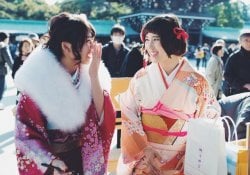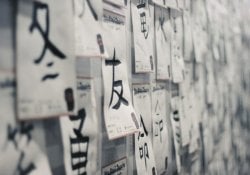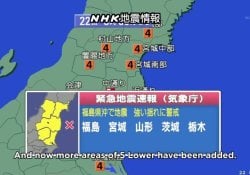Looking for a way to convert Arabic numeral numbers to Japanese, Chinese, Korean, Thai and Roman script? Use our online Japanese, Chinese and Korean number converter.
To use it, just put the value in question and make the conversion, the artificial intelligence can still explain each ideogram or number, it can also respond in the specified language.
We also recommend reading:
Índice de Conteúdo
Numbers to Ideograms Converter, Kanji, Hanzi, Hangul
Just choose which language you want to convert the number to and click the designated button!
Differences between Chinese and Japanese numbers
The Chinese and Japanese number systems are quite similar in many ways, as the Japanese number system was heavily influenced by the Chinese number system. However, there are some significant differences between the two systems:
- Characters: While the Chinese number system uses Chinese characters to represent numbers, the Japanese number system uses different characters known as kanji. Although many of the kanji are similar to Chinese characters, there are some subtle differences in their form and meaning.
- Reading: Although most numbers in Chinese and Japanese are read similarly, there are some exceptions. For example, number 4 is read as "Sì" in Chinese and "Shi" in Japanese, while number 7 is read as "Qī" in Chinese and "Shichi" in Japanese.
- Score: The way numbers are used to count objects in Chinese and Japanese is also a little different. In Chinese, numbers are generally used in conjunction with a classifier to count objects, while in Japanese, numbers are generally used alone to count objects.
- Pronunciation: The pronunciation of numbers in Chinese and Japanese can also be slightly different, due to differences in pronunciation between the two languages.
| Number | Chinese | Japanese |
|---|---|---|
| 1 | 一 | 一 |
| 2 | 二 | 二 |
| 3 | 三 | 三 |
| 4 | 四 | 四 |
| 5 | 五 | 五 |
| 6 | 六 | 六 |
| 7 | 七 | 七 |
| 8 | 八 | 八 |
| 9 | 九 | 九 |
| 10 | 十 | 十 |
| 100 | 百 | 百 |
| 1.000 | 千 | 千 |
| 10.000 | 万 | 一万 |
| 100.000 | 十万 | 十万 |
| 1.000.000 | 百万 | 百万 |
| 10.000.000 | 千万 | 千万 |
| 100.000.000 | 亿 | 一億 |
As you can see, most numbers are written the same in Chinese and Japanese, with the exception of some larger numbers like 10,000 and 100,000. Also, the pronunciation of numbers may be slightly different in Chinese and Japanese, but the differences are not as big as the differences between the number systems themselves.
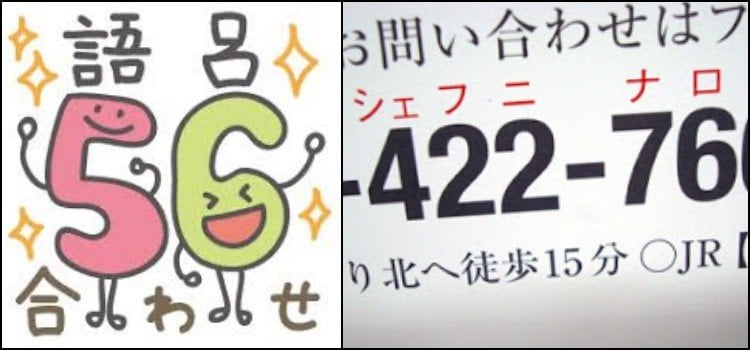
About Korean Numbers
Korean number system is slightly different from Chinese and Japanese number system, but it is still relatively easy to learn.
Korean numbers are written using characters called “hangeul”, which is the Korean alphabet. Each number is written as a separate word, and the word for each number is made up of one or more hangeul characters. Here is a table with the numbers 1 to 10 in Korean:
| Number | Hangeul |
|---|---|
| 1 | 하나 (hana) |
| 2 | 둘 (dul) |
| 3 | 셋 (set) |
| 4 | 넷 (net) |
| 5 | 다섯 (daseot) |
| 6 | 여섯 (yeoseot) |
| 7 | 일곱 (ilgop) |
| 8 | 여덟 (yeodeolb) |
| 9 | 아홉 (ahop) |
| 10 | 열 (yeol) |
As you can see, Korean numbers are made up of a single Hangeul word, which can make them easier to remember than Chinese and Japanese numbers. Furthermore, the pronunciation of numbers in Korean is relatively simple, as each number is pronounced according to the way it is written in Hangeul.
In addition to the numbers from 1 to 10, there are a few words in Hangeul that represent larger numbers. For example, "백" (baek) means "one hundred", "천" (Cheon) means "thousand", and "만" (man) means "ten thousand". To represent larger numbers, Koreans simply combine these words in different combinations. For example, "십 만" (shipman) means "one hundred thousand", and "백 만" (Baekman) means "one million".
We recommend reading: Korean Number List
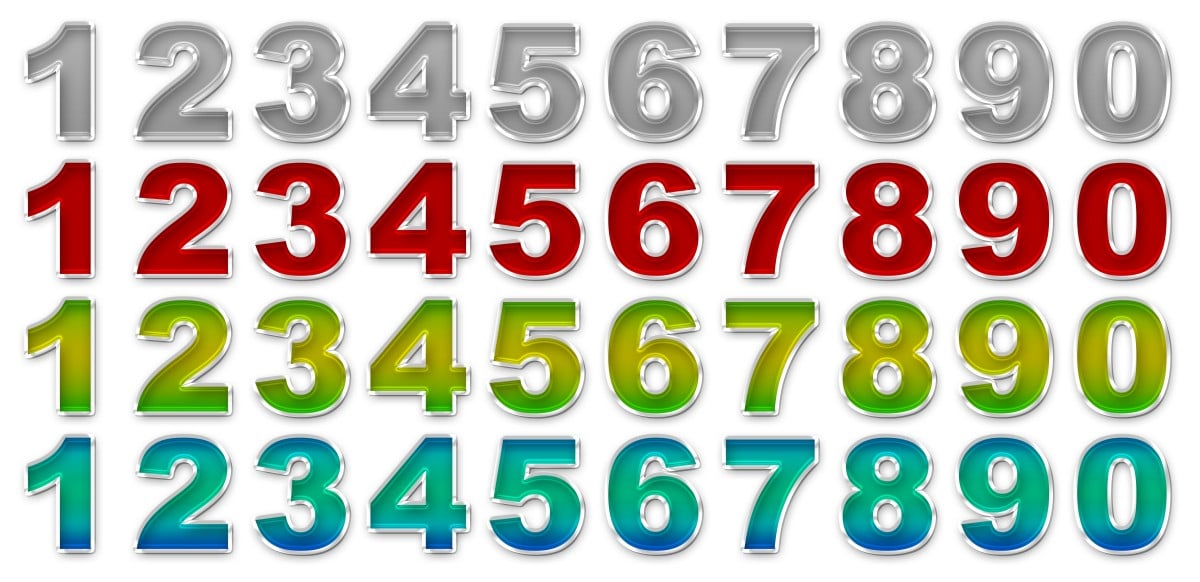
The article is still halfway through, but we recommend also reading:
About Thai language numbers
Thai numbers are written using a different character set than the Latin characters used in English and Portuguese. The Thai number system is based on ten basic numbers, but the words for these numbers are quite long and complex. Here is a table with the numbers 1 to 10 in Thai:
| Number | written in thai |
|---|---|
| 1 | หนึ่ง (nueng) |
| 2 | สอง (song) |
| 3 | สาม (sam) |
| 4 | สี่ (si) |
| 5 | ห้า (ha) |
| 6 | หก (hok) |
| 7 | เจ็ด (chet) |
| 8 | แปด (paet) |
| 9 | เก้า (kao) |
| 10 | สิบ (sip) |
As you can see, Thai words for numbers from 1 to 10 are quite long and have a different pronunciation than we are used to in Portuguese. To form larger numbers, the Thai uses a system similar to English, placing the units before the tens and hundreds. For example, the number 42 in Thai would be "สี่ สิบสอง" (Si-Sip-Song), which means "four dozen and two". To represent even larger numbers, the Thai uses a system of different words, such as "แสน" (Saen) to "one hundred thousand" and "ล้าน" (LAN) for "million".
Also, a curiosity is that in Thai, numbers are often written differently depending on the context in which they are used. For example, on a price board in a market, numbers may be written in abbreviated form or with a special symbol. These differences can make writing and reading numbers in Thai a little more complicated for foreigners who are not familiar with these conventions.



